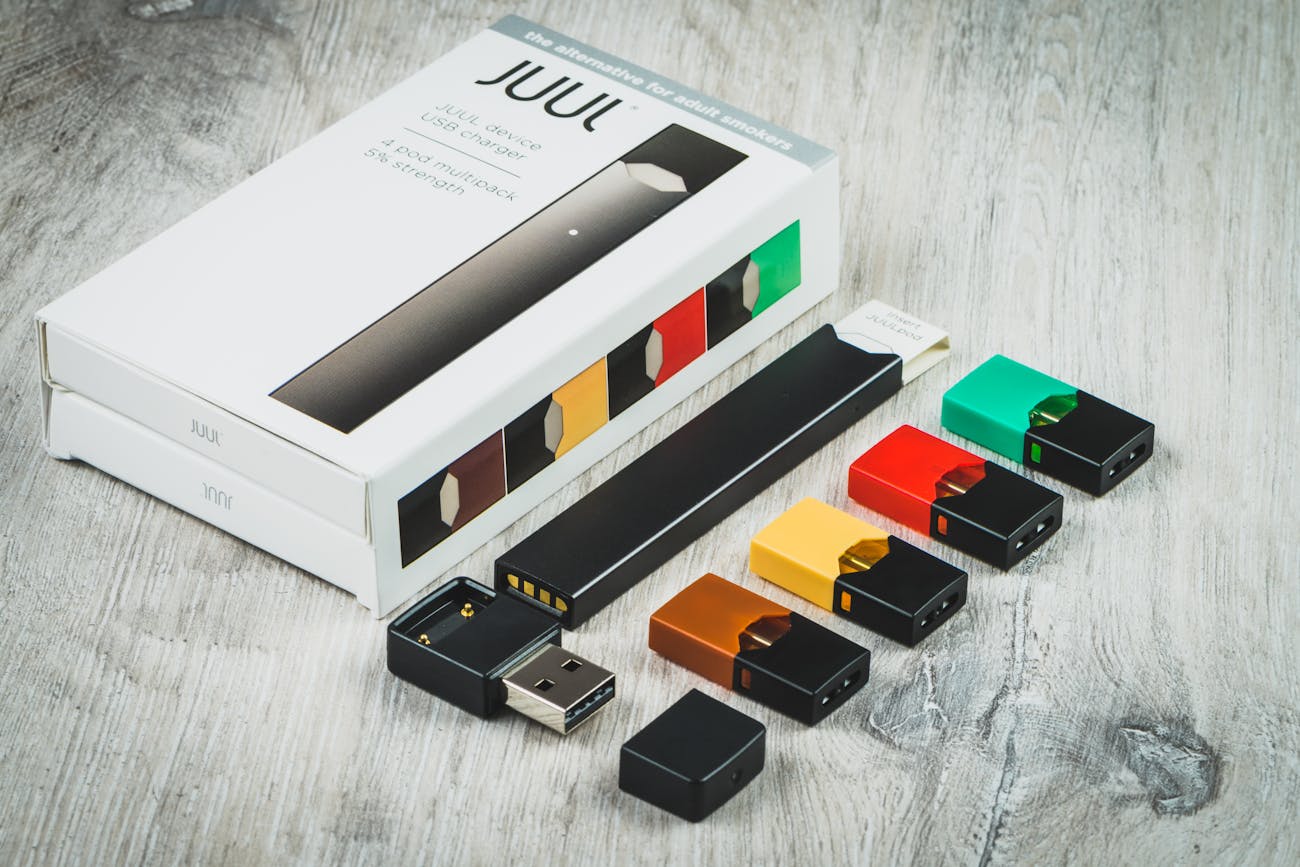The cosmetics, medicine, soap, shampoo, and food in your home likely contain a flammable and colorless chemical called formaldehyde. Also referred to as methanal, this organic compound has an odor, yet too many consumers are unaware of its danger.
The purpose of formaldehyde is to serve as a preservative. However, this harmful organic compound is a direct threat to your well-being and also that of your loved ones. Truth-seekers justifiably question why the U.S. Environmental Protection Agency (EPA) has not yet banned the toxic chemical.
The dirty details of formaldehyde have finally been exposed
Formaldehyde is a known human carcinogen, yet the EPA has given corporations the green light to allow its use in hair products, food, and a litany of other items. Chances are you are spreading this chemcial on your hair or body, consuming it through tasty treats, or touching it when using household products.
The EPA has disregarded the inherent dangers of this toxic chemical in the spirit of efficiency. Unethical capitalism has prevailed, potentially due to the EPA’s financial motivation for clearing the use of harmful chemicals in consumer products.
It is time for the EPA to eliminate this known human carcinogen in consumer products
According to the head of the EPA, formaldehyde is considered a “probable” carcinogen. The EPA’s carefully selected word “probable” contrasts sharply with public health agencies worldwide that have classified formaldehyde as a carcinogen.
The EPA and Congress have stubbornly refused to ban formaldehyde from consumer and construction products even though the National Academies of Science’s National Research Council’s independent analysis of the chemical shows it is a known cause of cancer of the throat and nasal cavity.
Strategies to minimize formaldehyde in your home and body
Though it is impossible to avoid formaldehyde exposure altogether, you can be proactive to minimize contact with this toxic chemical. Wear gloves and a mask when handling fiberboard, particle board, and plywood, as they contain glues that may contain formaldehyde. If possible, eliminate or minimize your use of toxic nail polish and hair care products, as many contain formaldehyde.
Eat organic food or food from your organic home garden. If you smoke or if a family member or roommate smokes, shift that activity outdoors. Exposure to smoke from cigarettes is toxic, partially because they contain formaldehyde, among many other chemicals. Smoke from fireplaces is also a threat. Mark your calendar for an annual chimney cleaning to prevent smoke from entering your living space.
Those with a home with an adjacent garage or carport are encouraged to seal the door to prevent exhaust from moving inside. Never idle a gas-powered yard machine such as a lawnmower, snowblower, or leaf blower, as the fumes will likely expose you to formaldehyde.
If you are in the market for new furniture, opt for the solid wood variety or use sealed pressed wood products. Ideally, the furniture and other products you select will have a plastic laminate along the sides. When in doubt, lean toward solid wood furniture, as it will most likely be made without formaldehyde.




